The following post details the Global Goulets’ journey from June 15 – June 22
Story Highlights:
- Once in Honduras without dying, we go behind the raging waterfalls at Pulhalpanzak
- The Murder Capital of the World, San Pedro Sula, isn’t all that scary
- We produce a Honduran music video for our friend Walter, then go birdwatching with him
Day 76: Honduras. The word alone shook us to the bone. This was in no way, shape, or form a place we wanted to enter, let alone explore. Buzz words like drugs, cartels, gangs, violence, death, and murder plague this Central American nation. We’d read articles that warned us against even considering passing through Honduras. No tourist should go here. The logic against was profound, bulletproof even. Why risk your safety and all of your possessions (in our case, very expensive ones) to go through a country that might as well blend in with the rest of the sights of Latin America? We weren’t going there, no way, no how… That is, until we decided to go there.
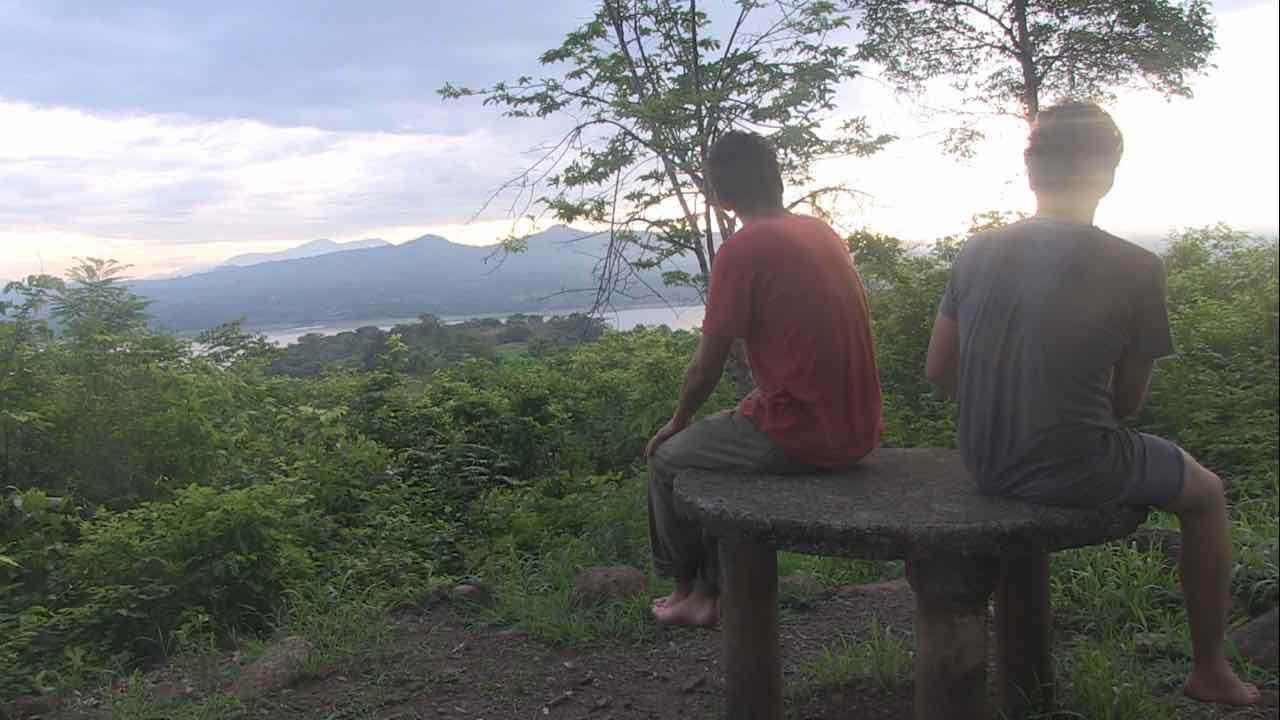
We’d grown some proverbial hairs on our chest thanks to safe and successful marches through Mexico and Guatemala, shedding our once trepid skin. Now all it took was the slightest convincing by an American hotel owner who’s lived in Honduras for the past 6 years (as Bobby puts it, “San Pedro Sula is the ‘Murder Capitol of the World’… that isn’t”).
We left Suchitoto early Monday morning with plans to make it to Bobby’s D&D Brewery near Lake Yajoa before day’s end. Unfortunately, a delay at the border set back our entry into this next Central American republic to about 1pm. This meant we were now officially facing a showdown with the sun. As we’d learned, the sun sets over this part of the world, at this time of year, at about 7pm. If we’re caught on the road any later than that, we’d be at the mercy of whatever fearsome monsters linger, waiting to dine on a helpless feast of three bewildered Americans.
Honduras’ arresting beauty left us in awe as the day went by, trapping us into long bouts of silence, as we each stared off into the rolling hills that saturated our surroundings. We asked a rifle-toting policeman for basic directions; he smiled, and guided us on the appropriate path. More daydreaming followed, until we zeroed in on Lake Yajoa. Now came into play our stubborn resistance to Google maps. Without knowing even where D&D Brewery was, golden hour’s extended shadows represented our own growing fears of Honduras by night. By now we knew not to risk driving into blinding blackness with only the aid of our dim headlights. We found a roadside restaurant and agreed to buy dinner there in exchange for a safe place to set up our tent.
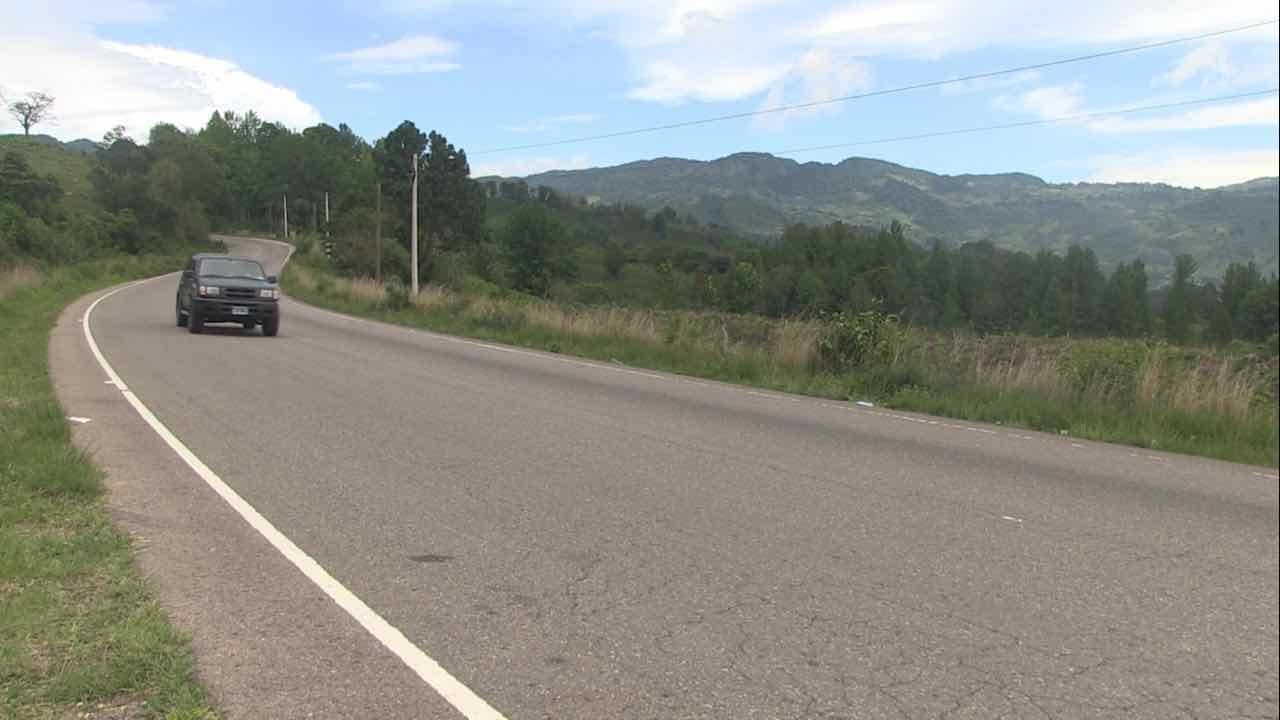
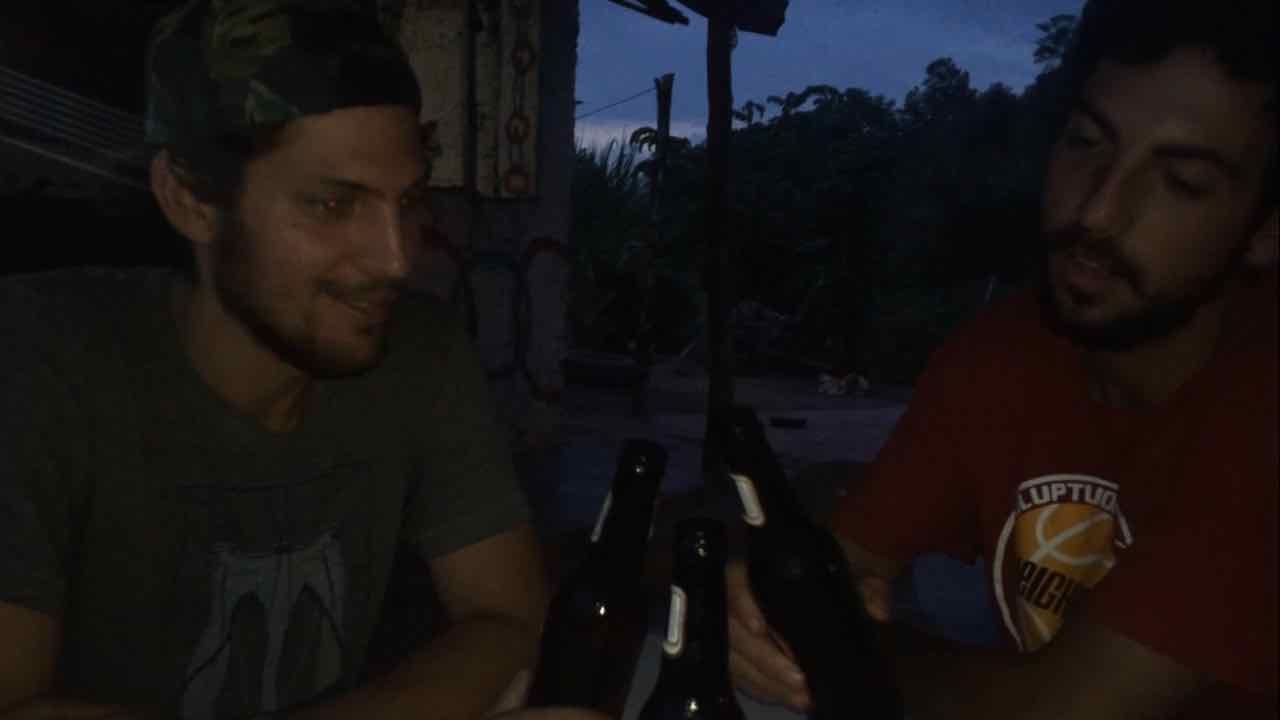
Day 77: We made it to D&D before noon, where Bobby graciously greeted us. We made some small talk, took a walking tour around neighboring Los Naranjos, played a little pickup soccer with the local school kids (who totally beat us, fair and square), and returned to D&D. Hidden from the Internet’s enchanting sirens for almost a week, it didn’t take long for us to waste away the day behind our computer screens.
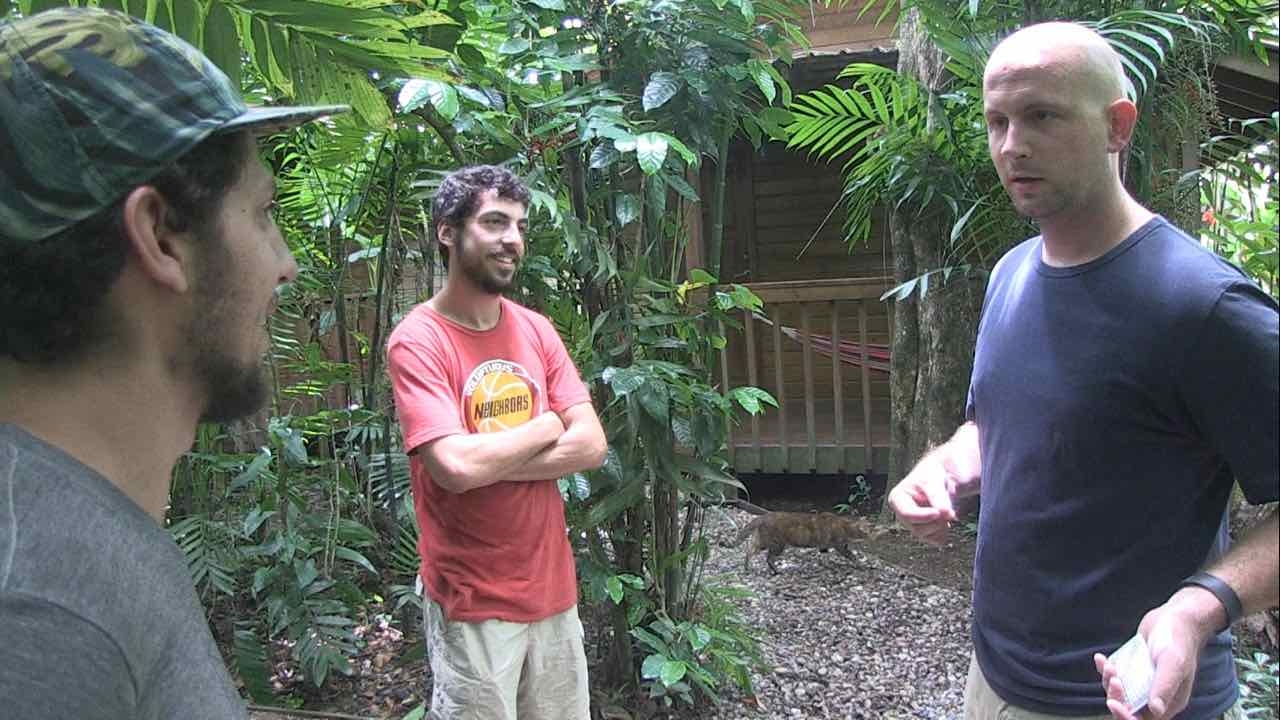
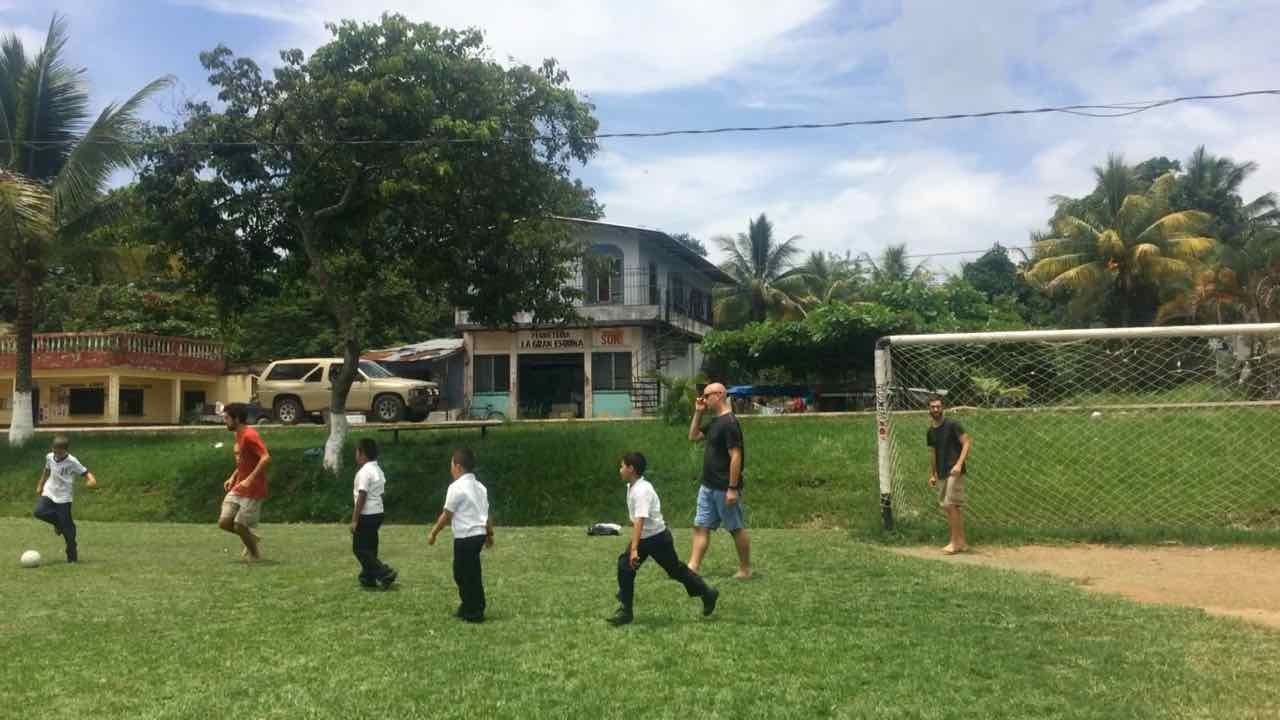
Day 78: On hump day we sat down with Bobby, who used his extensive wealth of knowledge about Honduras to help us map out a basic itinerary for a road trip around the most feared member of the Central American family. At the core of this exploration would be an overnight trip to San Pedro Sula, the globally recognized Murder Capital of the World; thankfully, Bobby agreed to chaperone this little excursion. We drove out to nearby Peña Blanca, where we swallowed down some baleadas (Honduras’ take on a stuffed quesadilla) to distract our fears by way of filling our bellies. That was enough for one day. Did I mention there was Internet at D&D?
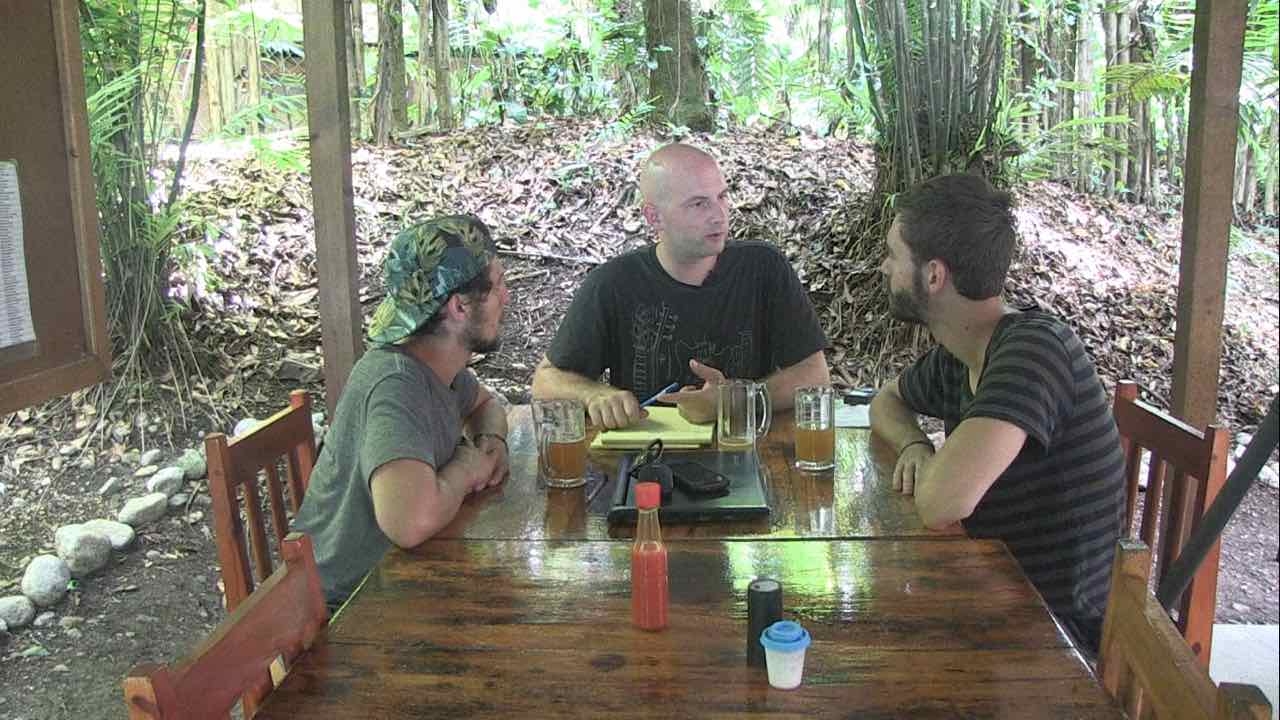
Day 79-80: The next two days hanging around the Lake Yajoa area essentially acted as the calm before the storm (and by storm, we mean visit to the place in the world with the most murders per capita). We visited the mighty Pulhalpanzek waterfall, which served as an ominous metaphor for the pounding rush of anxiety drowning our shivering psyches. Afterwards, a local guide brought us to a nacimiento, or natural spring from where a river is born. This quiet, mystical oasis contrasts sharply with the aggressive force downstream, where the waterfall arouses earthly emotions through its perpetual flood of energy. A few beers at the local watering hole later and we were satisfied with another day’s work.

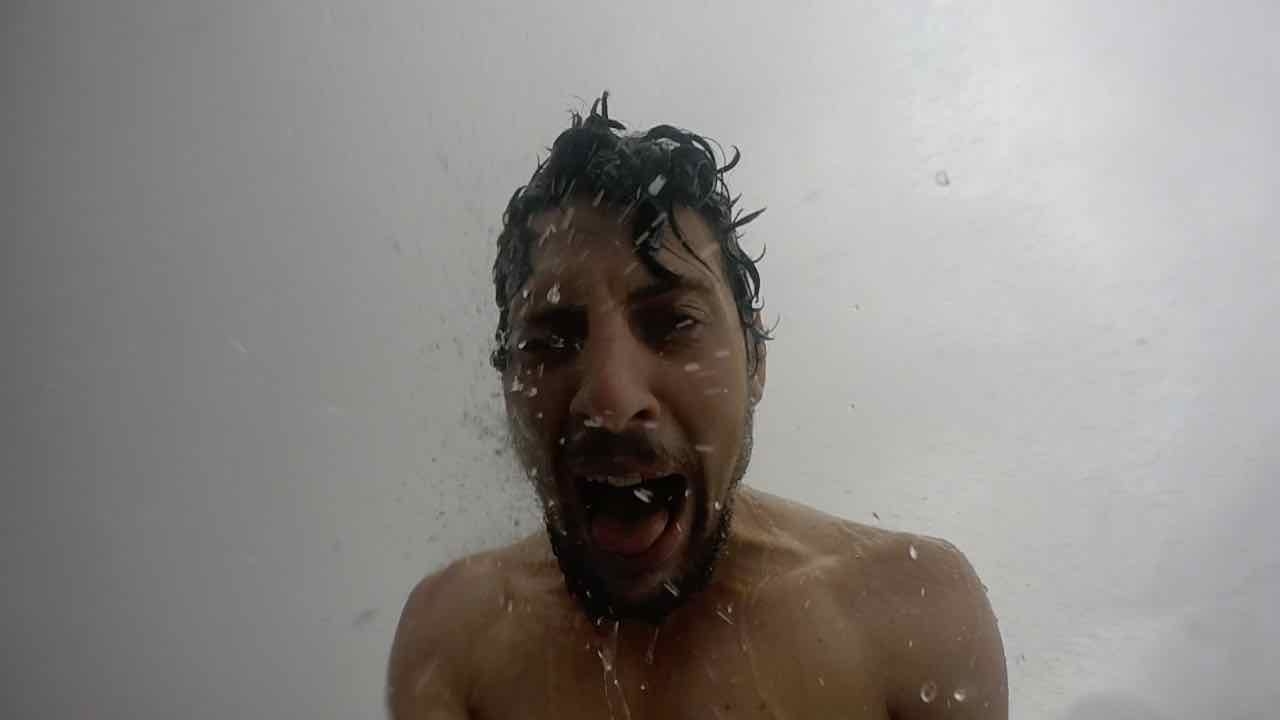
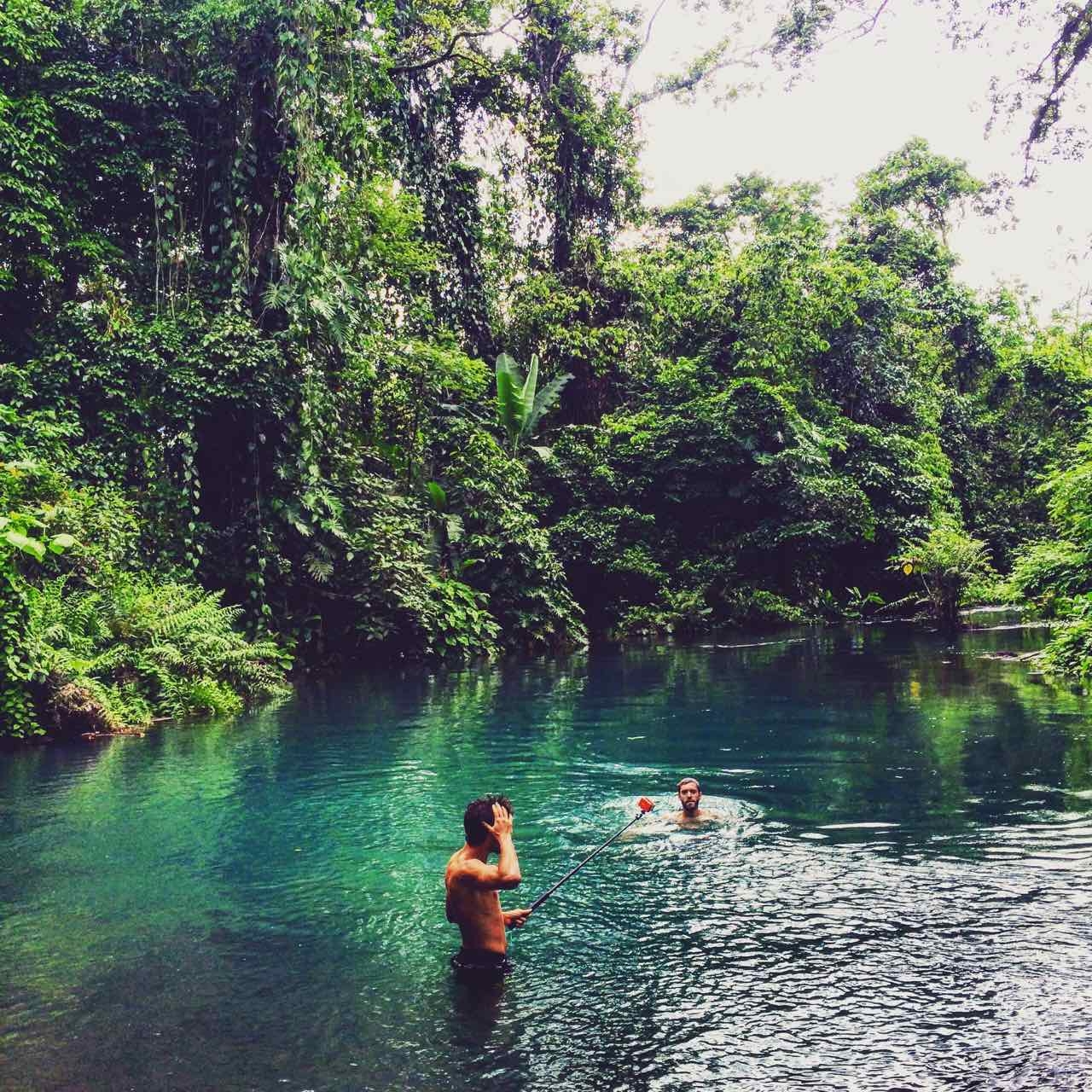

Not much happened the next day, except for that Eric and Alex got haircuts. It was wonderfully ordinary. Later, a local corner storeowner happily toured us around his neatly maintained farm. We learned what a difference using a few pesticides has on keeping crops healthy; and so we all gained a little bit more respect for our old friend Arcangel and his commitment to upholding an organic farm. An easy night made way for an early slumber, which prepared for a big day.
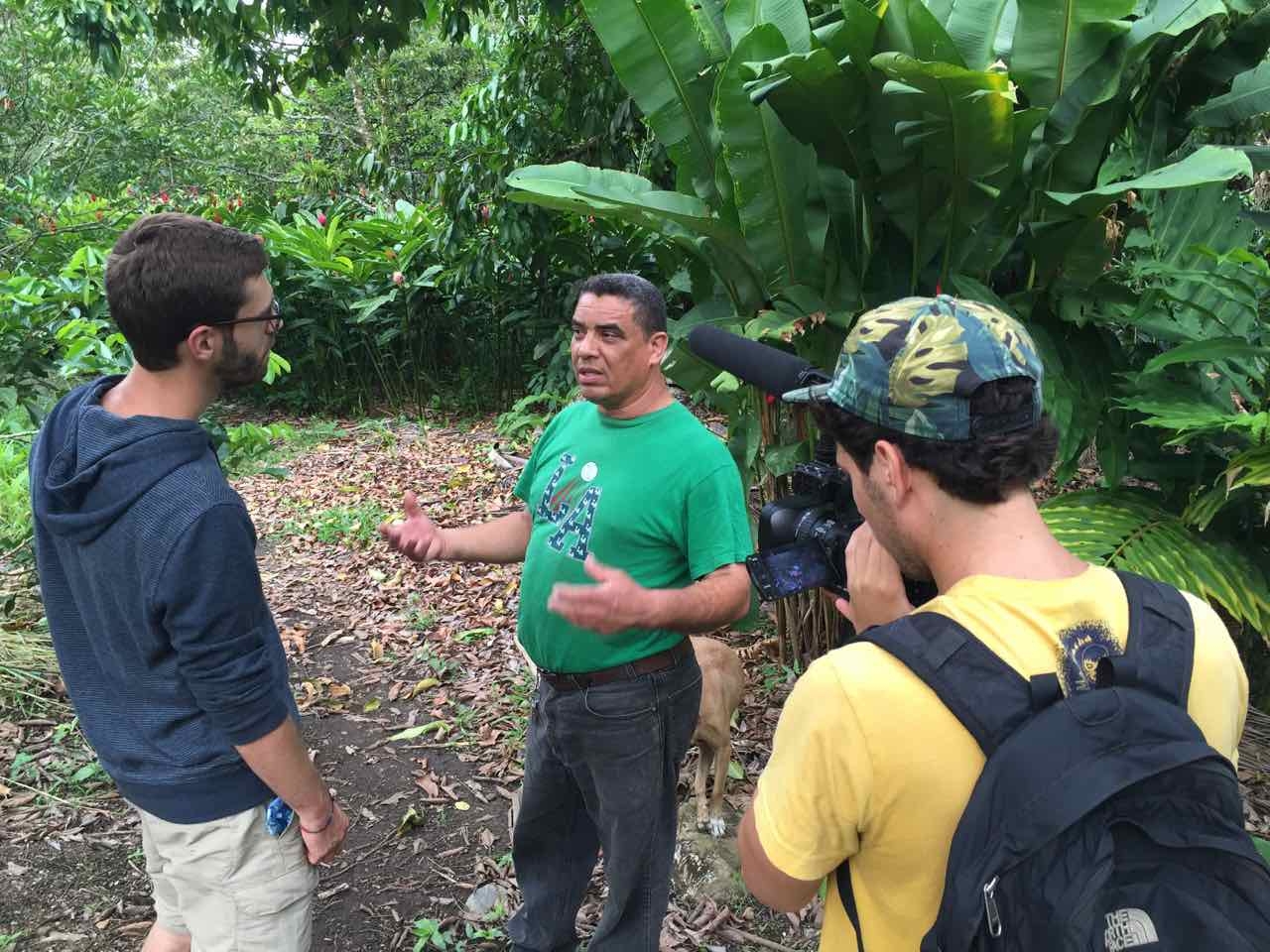
Day 81-82: Curious about what happened to us in San Pedro Sula? Wondering how we managed to make it out alive? Surprised we returned motivated to see what other curveballs Honduras had to offer? Take the tour of San Pedro Sula with us here and see what you now think about all the hype. (link)

Day 83: Our trip to San Pedro Sula gave us quite the reality check. But on our first day after seeing the “real” Honduras, back at Lake Yajoa, we were surprised to find an authentic brand of Honduras had been next to us all along.
Having spent a week at D&D, we met a friendly tour guide named Walter. He was excitable and enthusiastic, and also happened to be an aspiring reggaetone artist. Upon seeing our film equipment, he’d asked us if we’d be willing to film a music video for him. Of course, “no” is not a word that exists in the Goulet dictionary. We agreed to do it once we got back from San Pedro Sula.
Our day with Walter and his crew was as much fun as it was memorable. We filmed the music video for a rather hilarious pop song, “Lejos y Cerca,” which we are sure will top the charts one day soon. Later, over dinner, Walter shared his remarkable story; how he defied the odds of a difficult upbringing, came to learn English, and has blossomed into a kind and thoughtful man. While we now know Walter’s story is not ours to tell, we can share a tidbit of conversation that captures his giving spirit. Brian asked Walter why the music video we were making was not for him, but for his friend Fasell. Walter replied, “I already have a music video. Opportunities like this don’t come around too often. I wanted to give him a chance.”
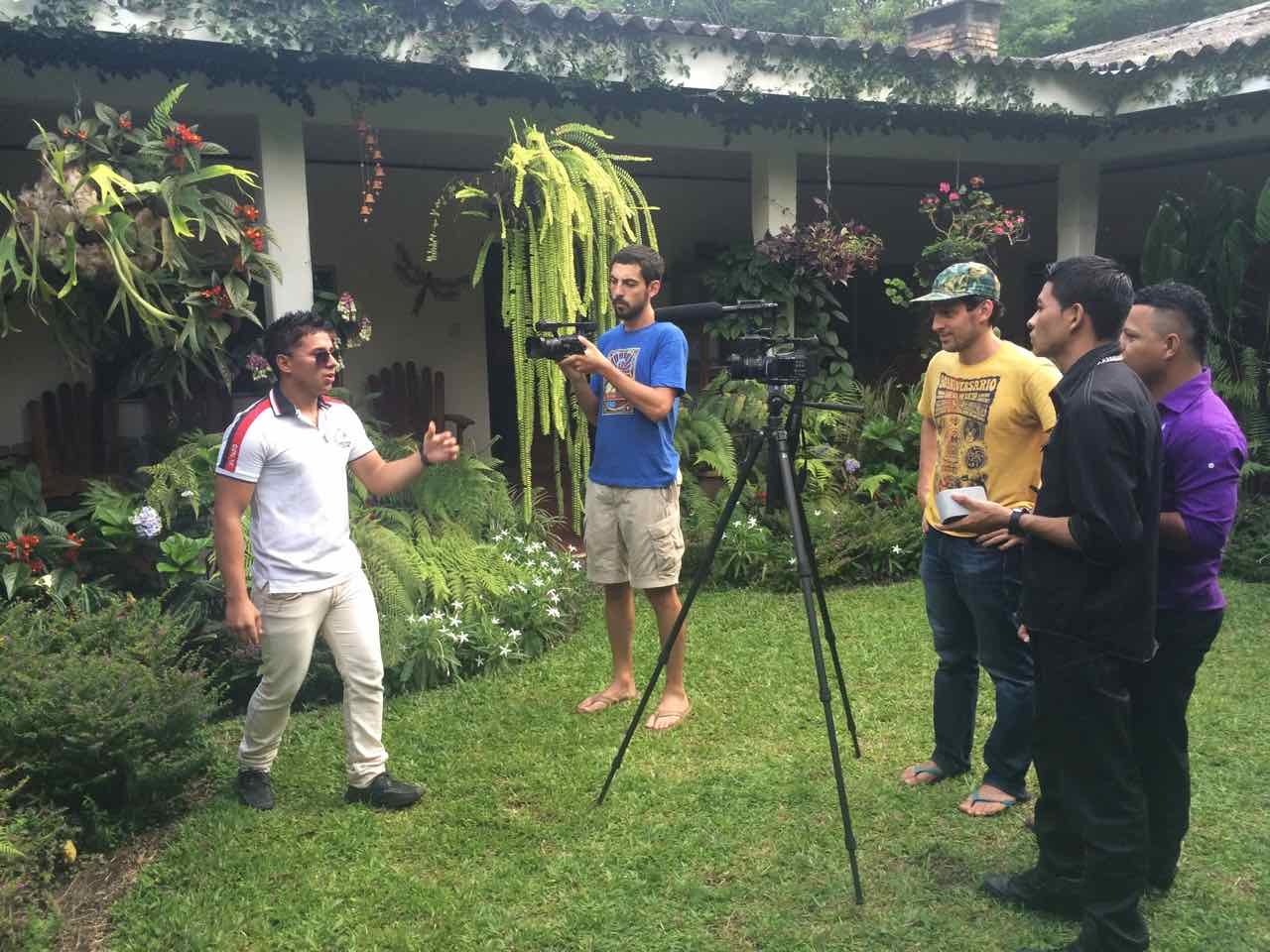

Meeting Walter helped us reach a radical revelation. People are good. It seems so simple, but to us this holds heavy significance. Growing up in a dog eat dog world, where hard work and competition are cornerstone concepts to success and high achievement, a philosophy so basic can create cognitive dissonance. Watch the evening news or read the latest Vice article from Twitter and you’ll come away with quite the opposite impression; we’re all fighting against the majority of evil that proliferates our world. Well, once we’d reached the heart of a country as “deadly” as Honduras and found only generosity and kindred humanity, it’s hard not to agree: people are good.

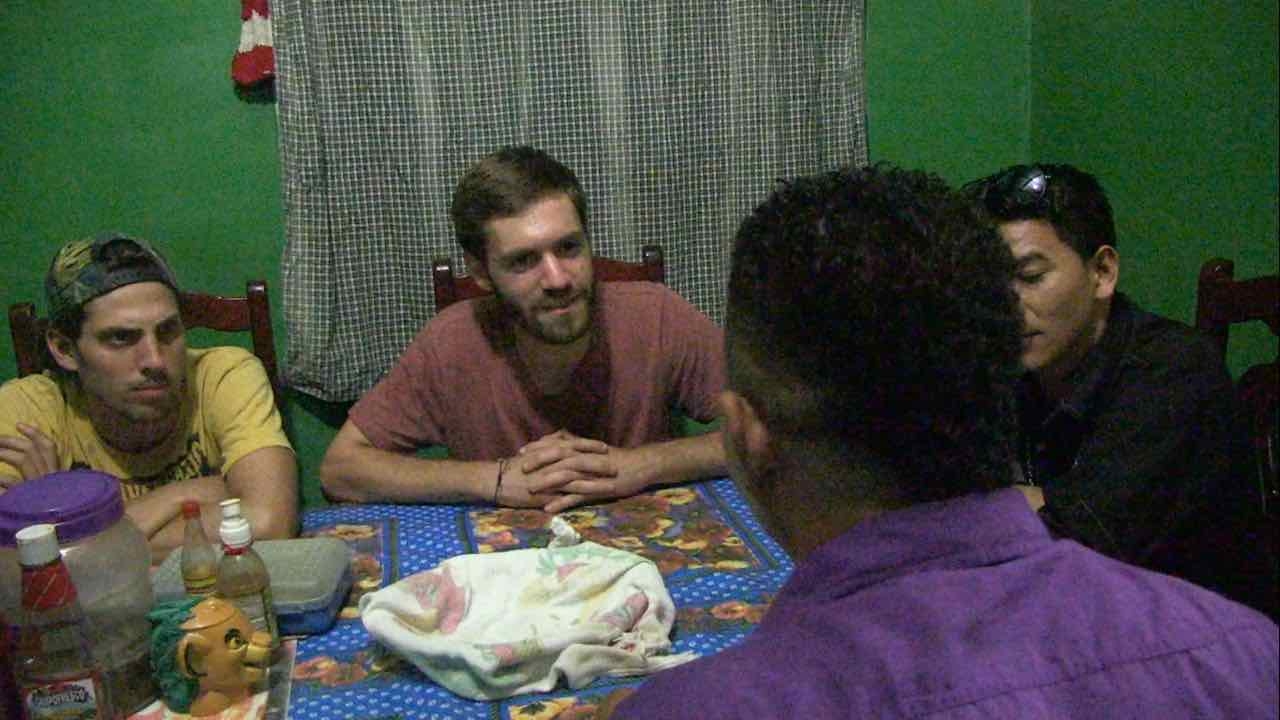
So, how do you define the “real Honduras”? We’re not sure there is one singular answer. But we did find out what it means to us.

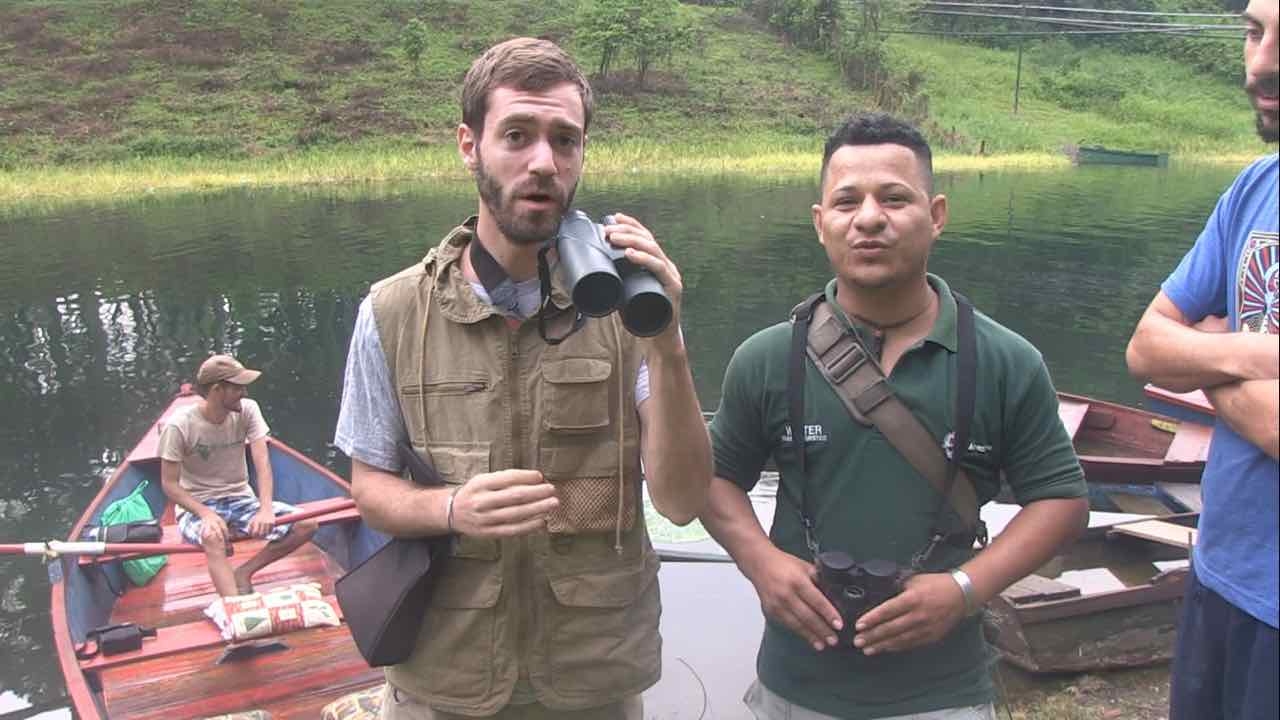
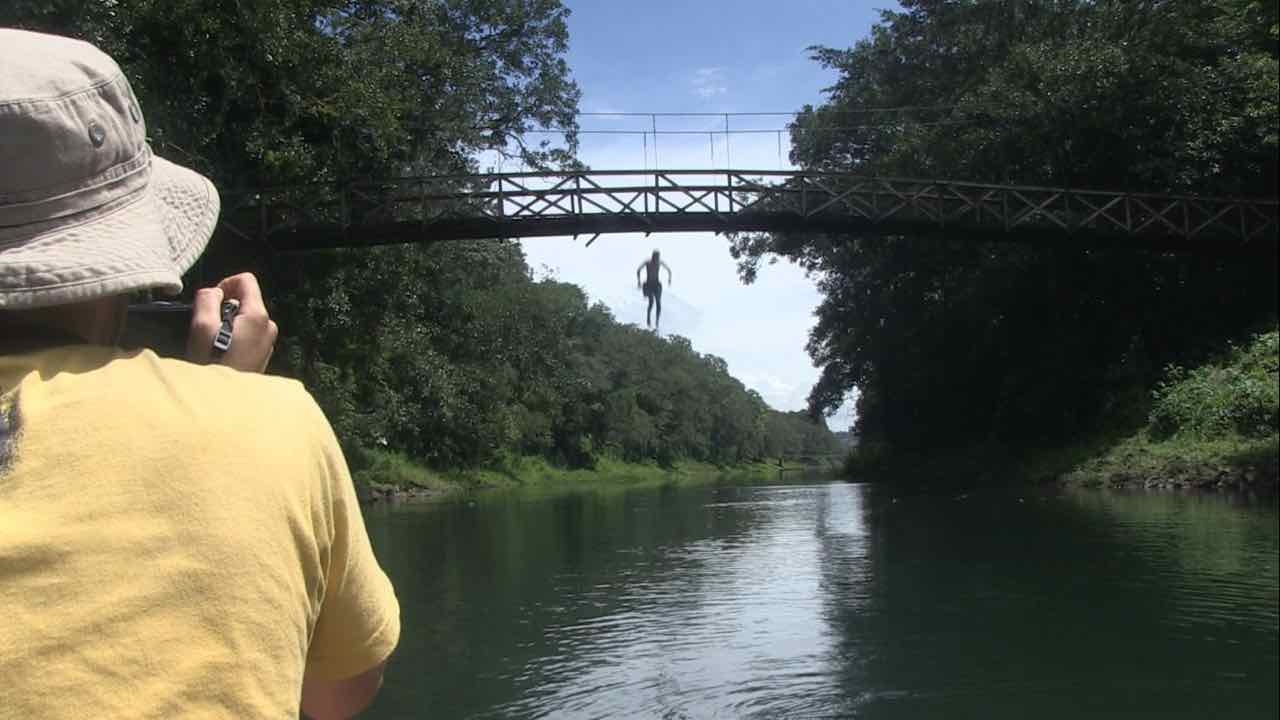
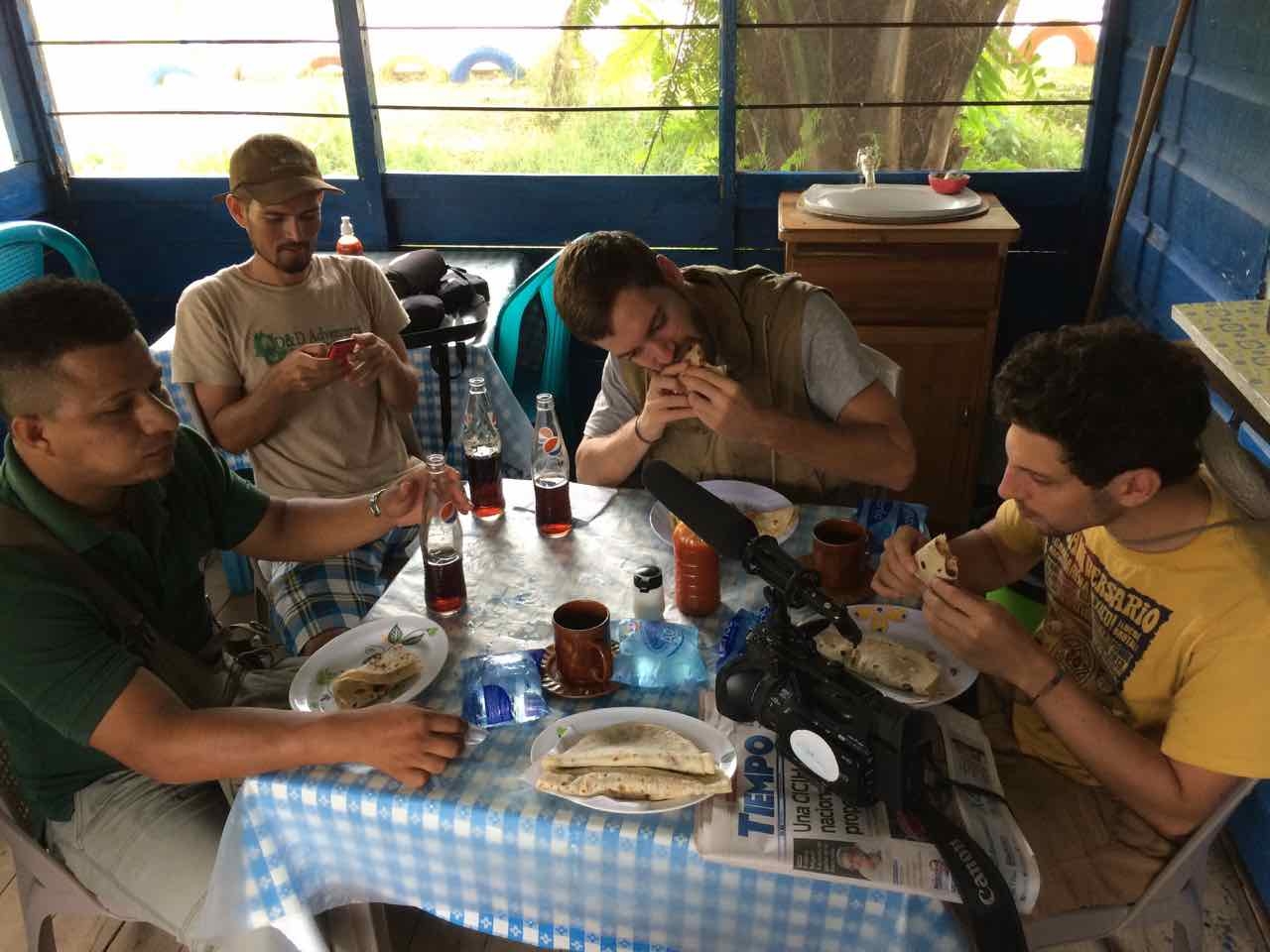



Pingback: The “Murder Capital of the World” That Isn’t - La Ronda Hostel
Pingback: Top 7 Street Food Experiences From Latin America - #NowhereMen
Pingback: Embrace Travel Without Fear - #NowhereMen